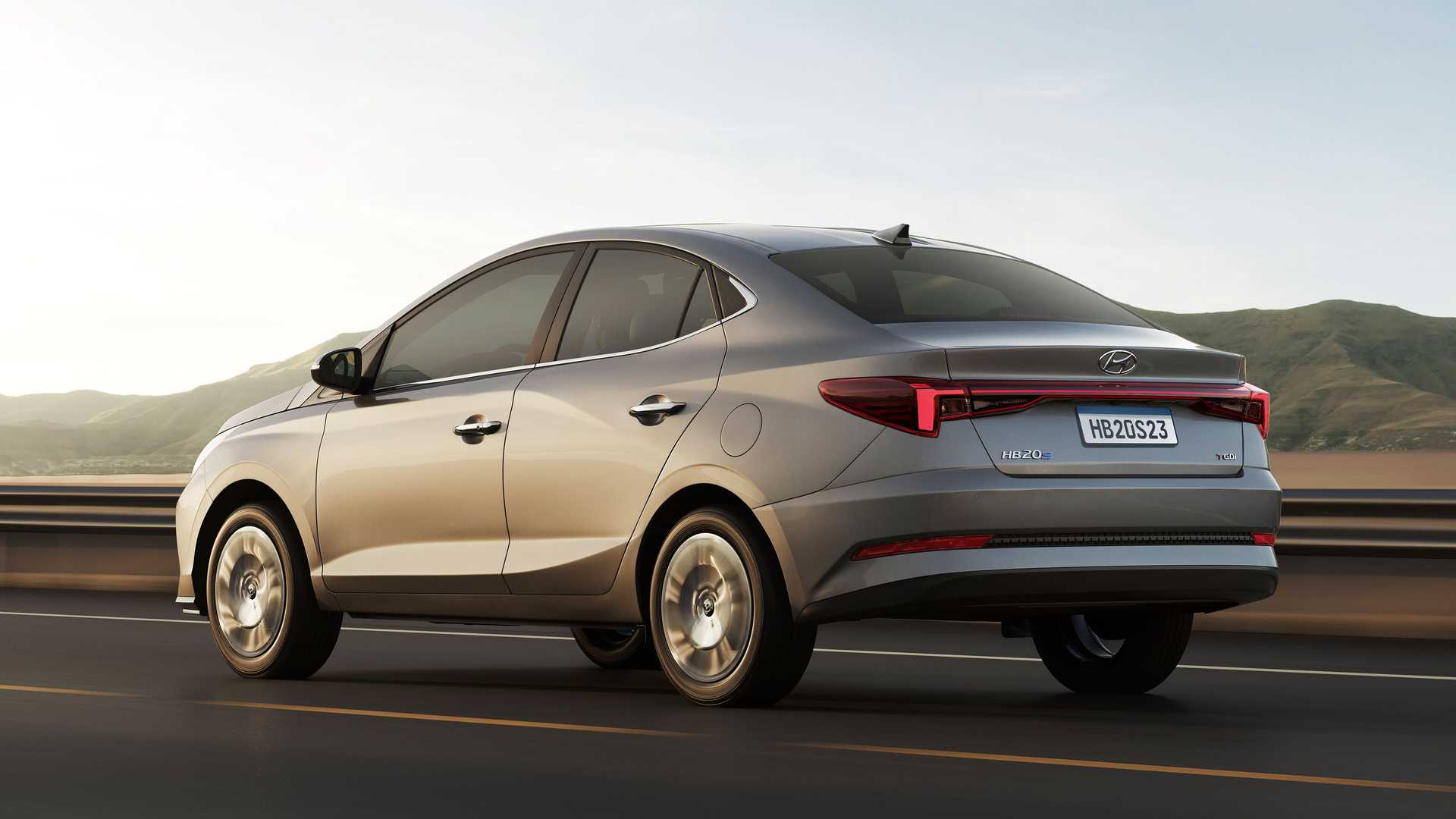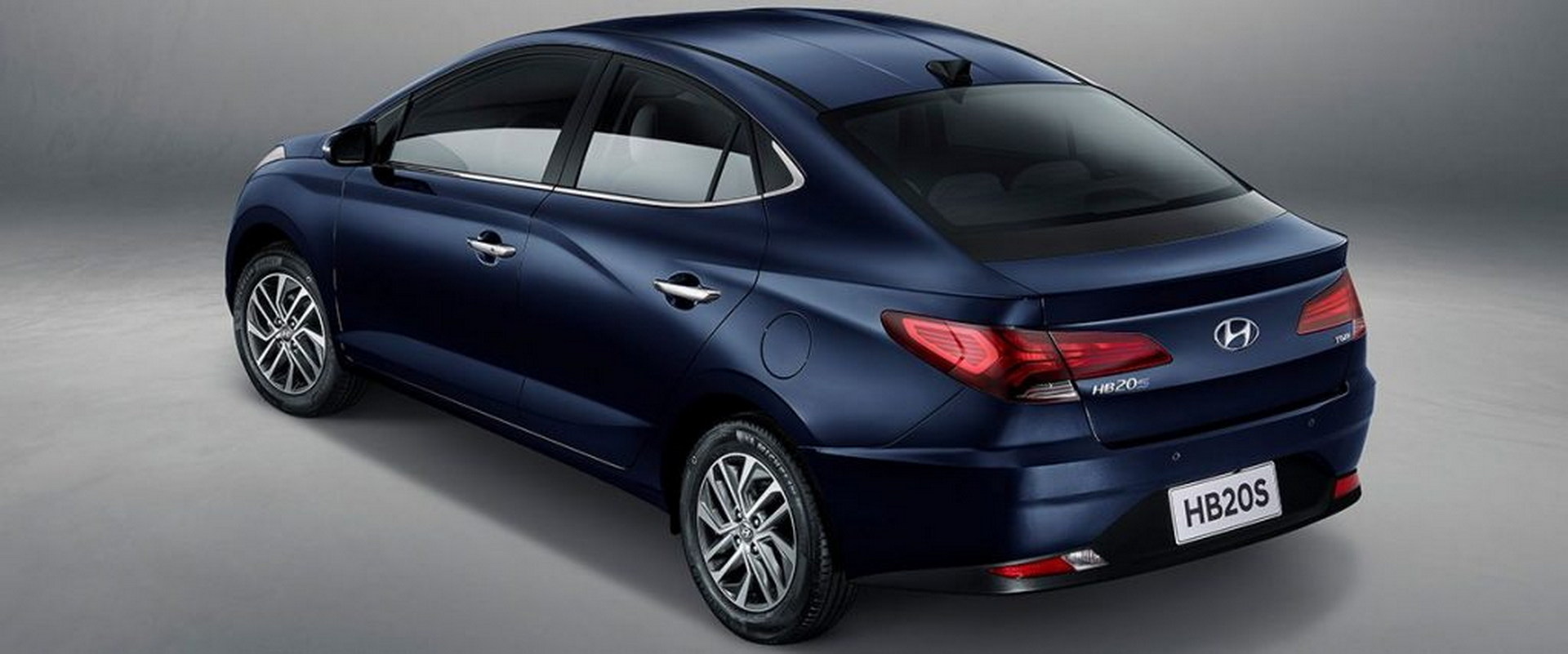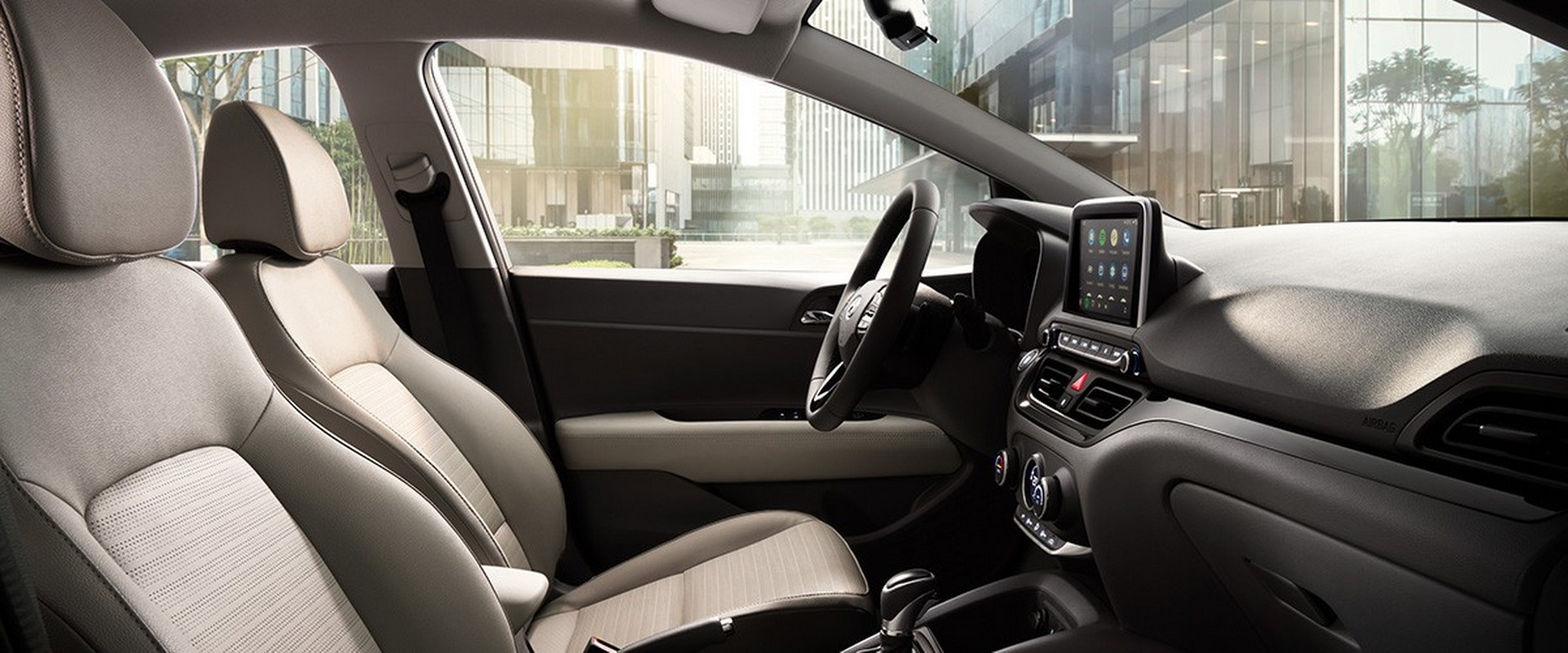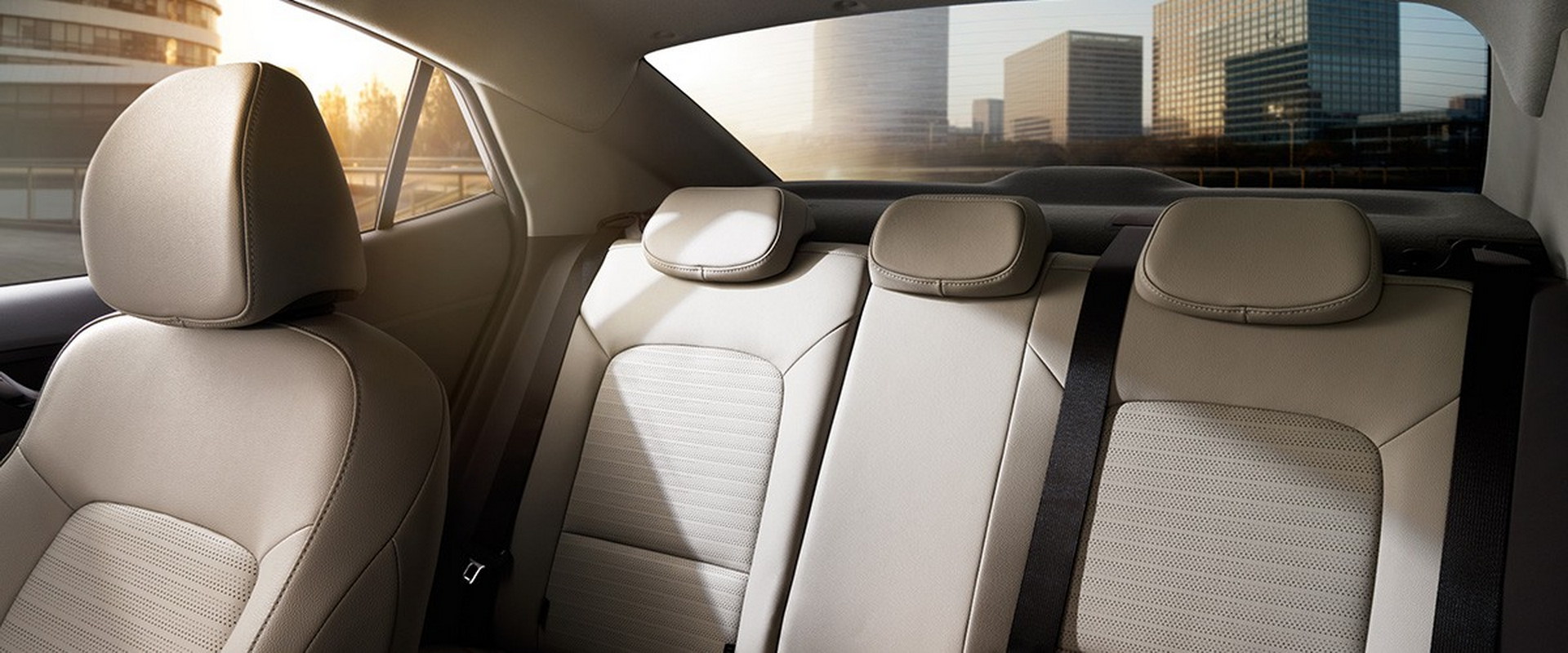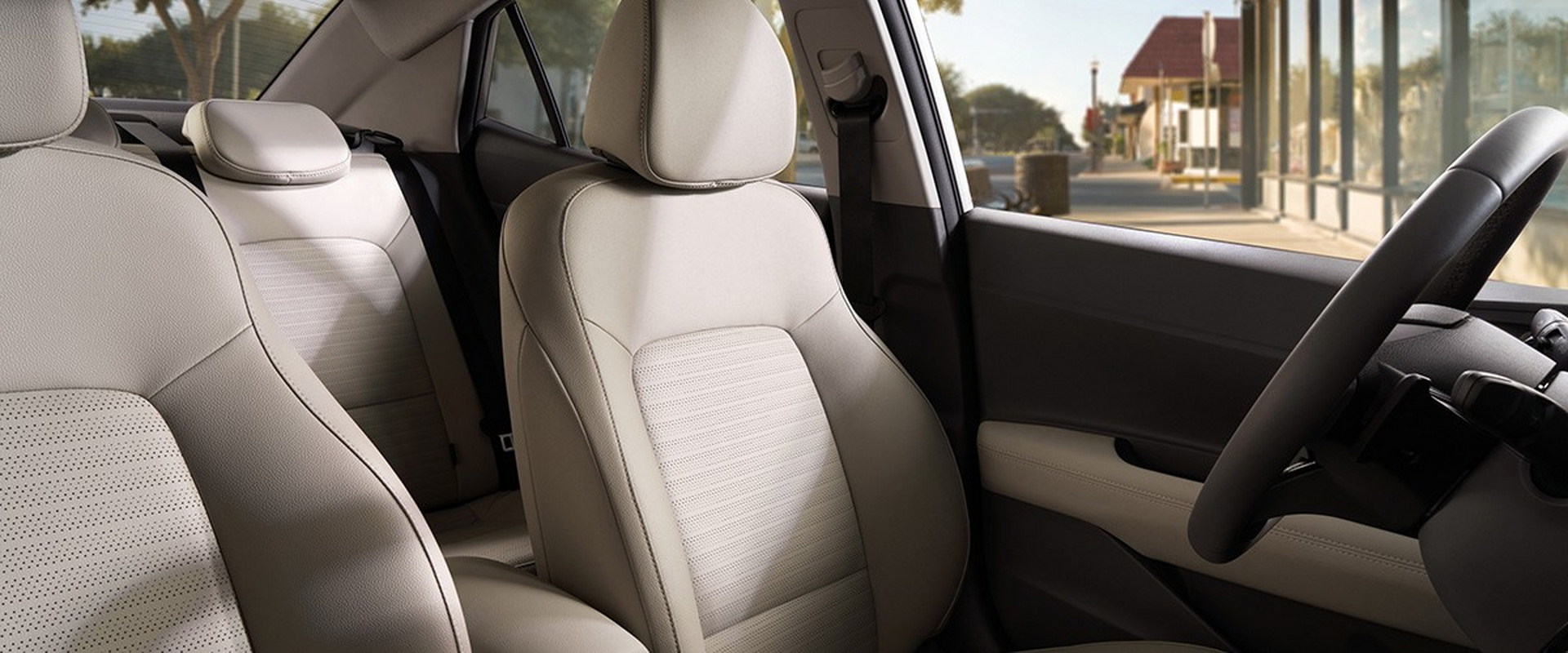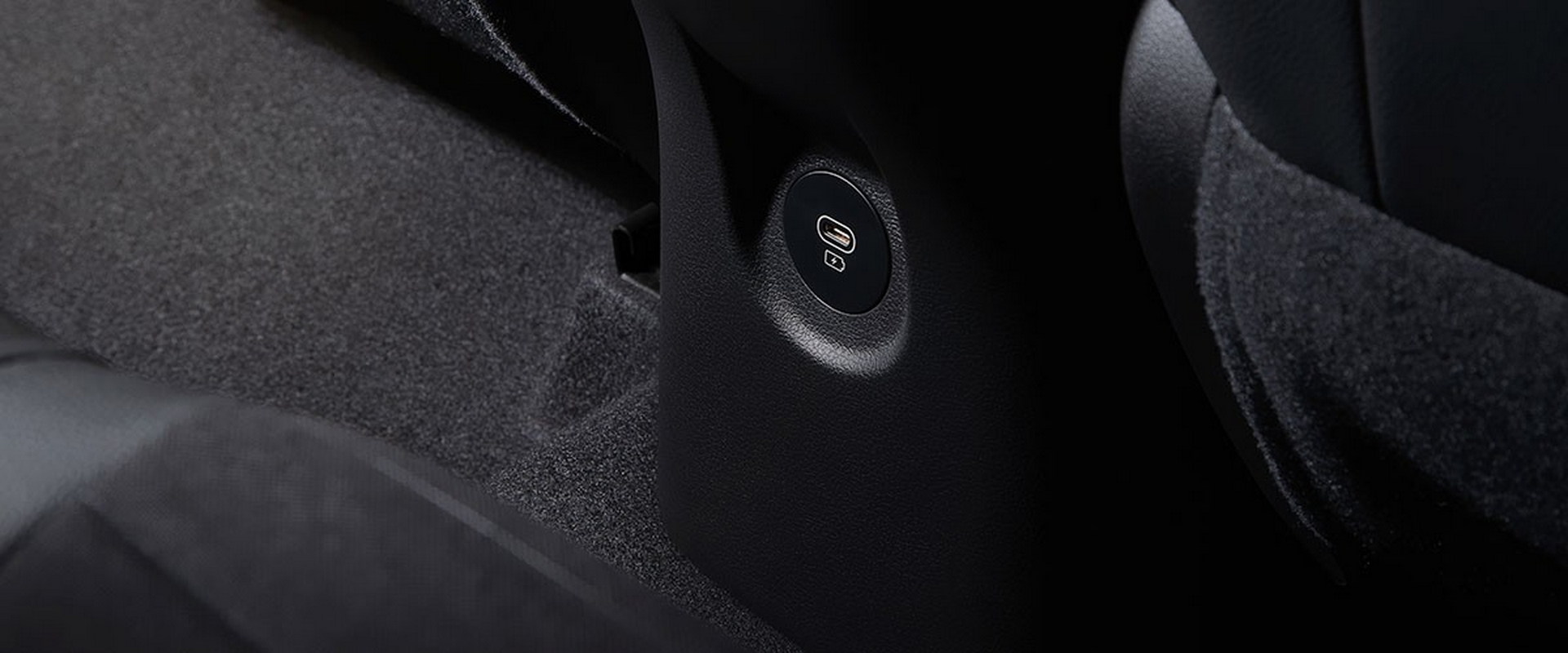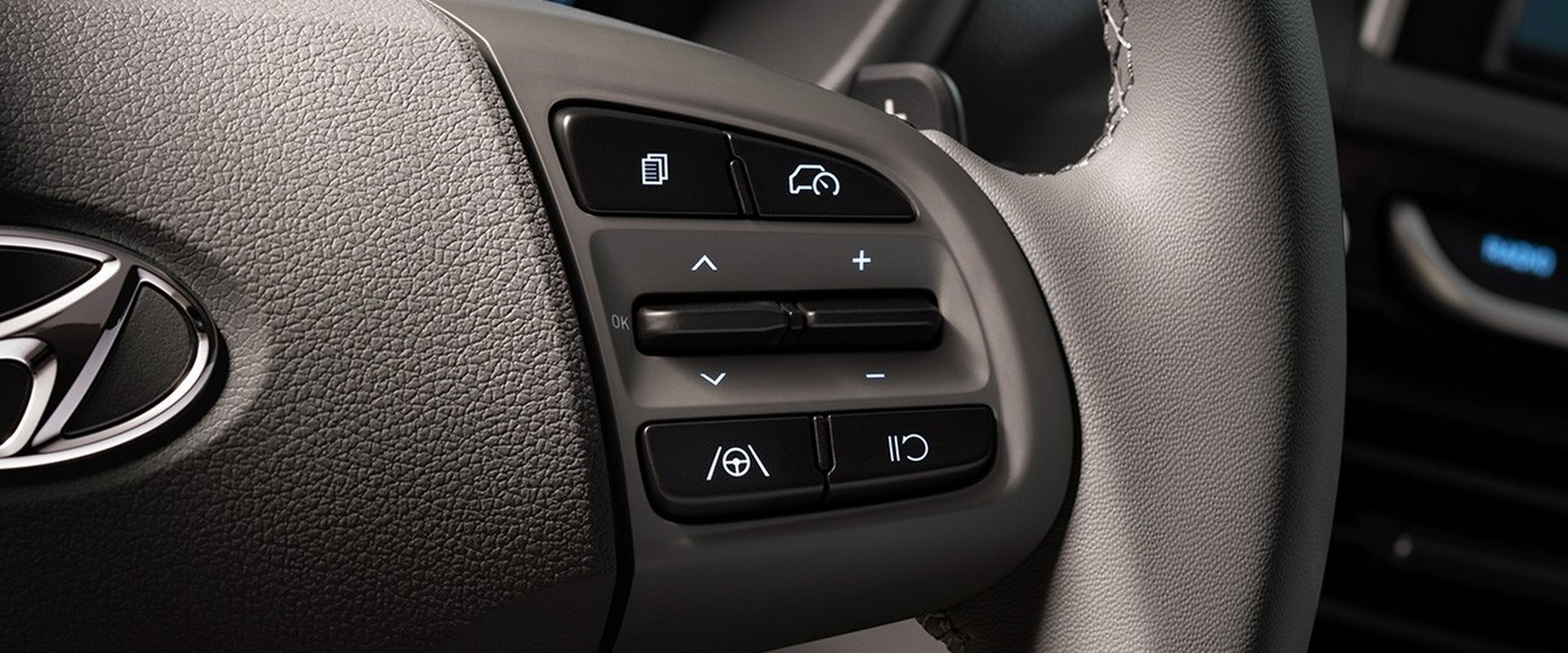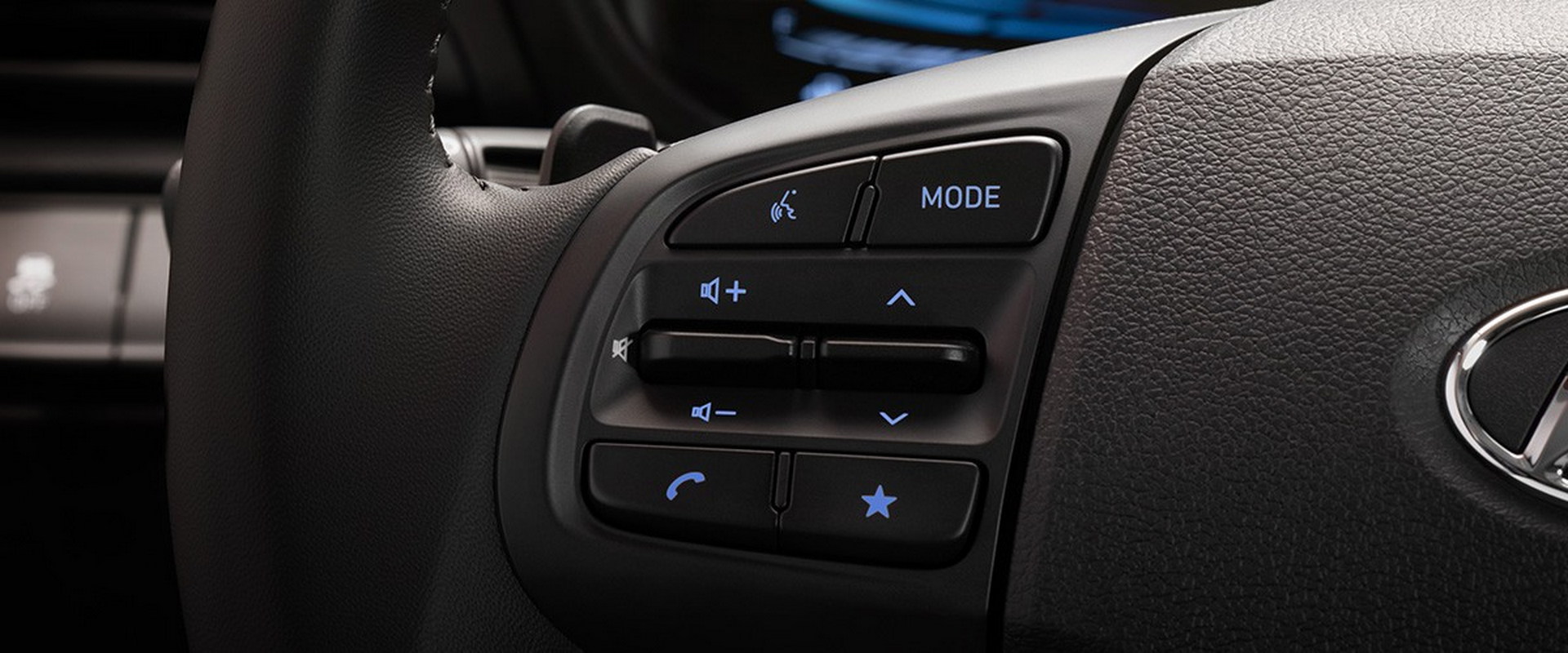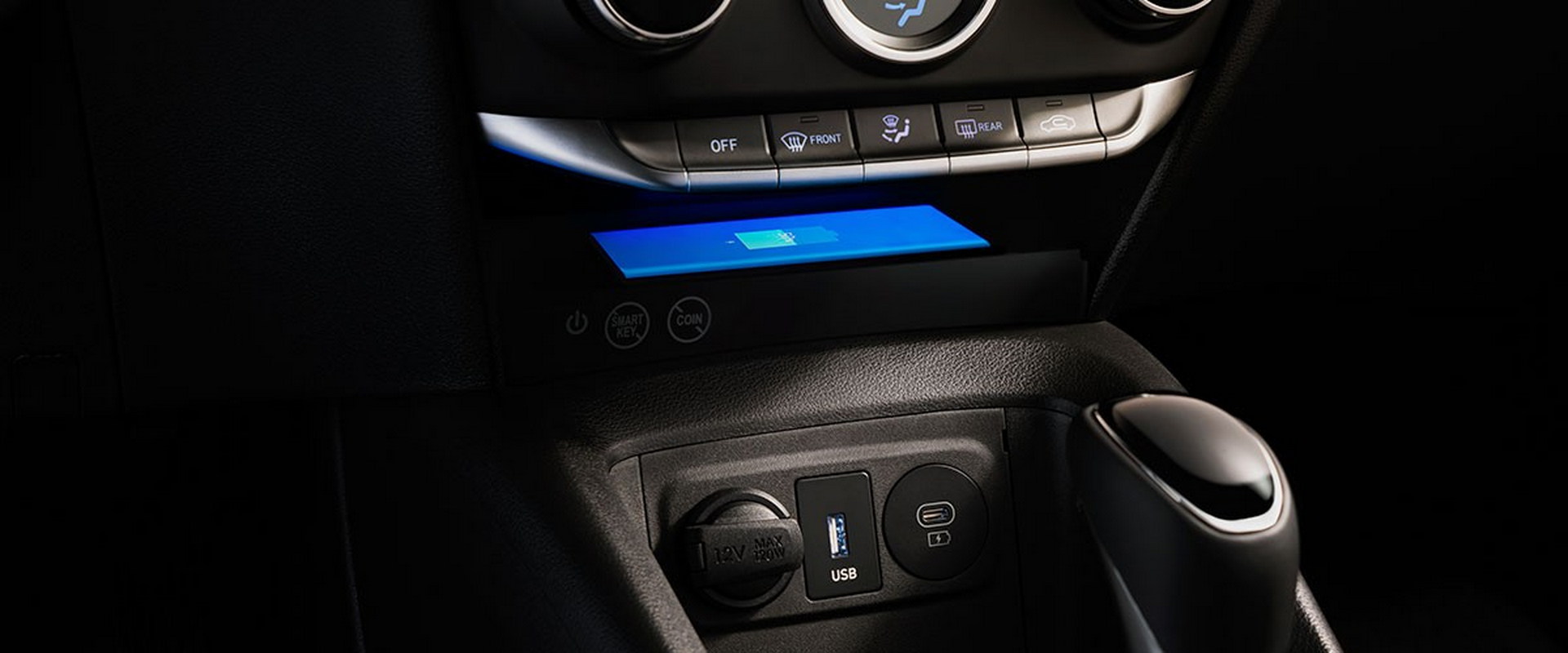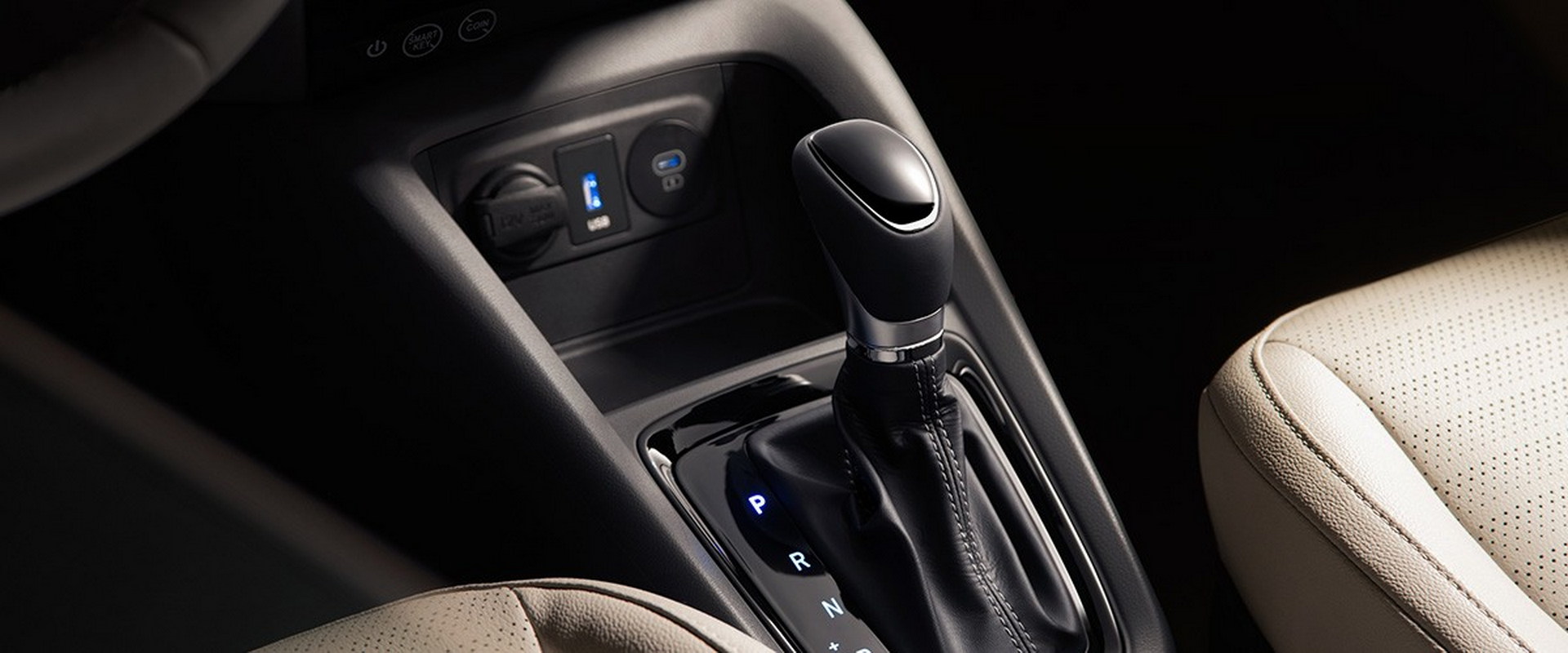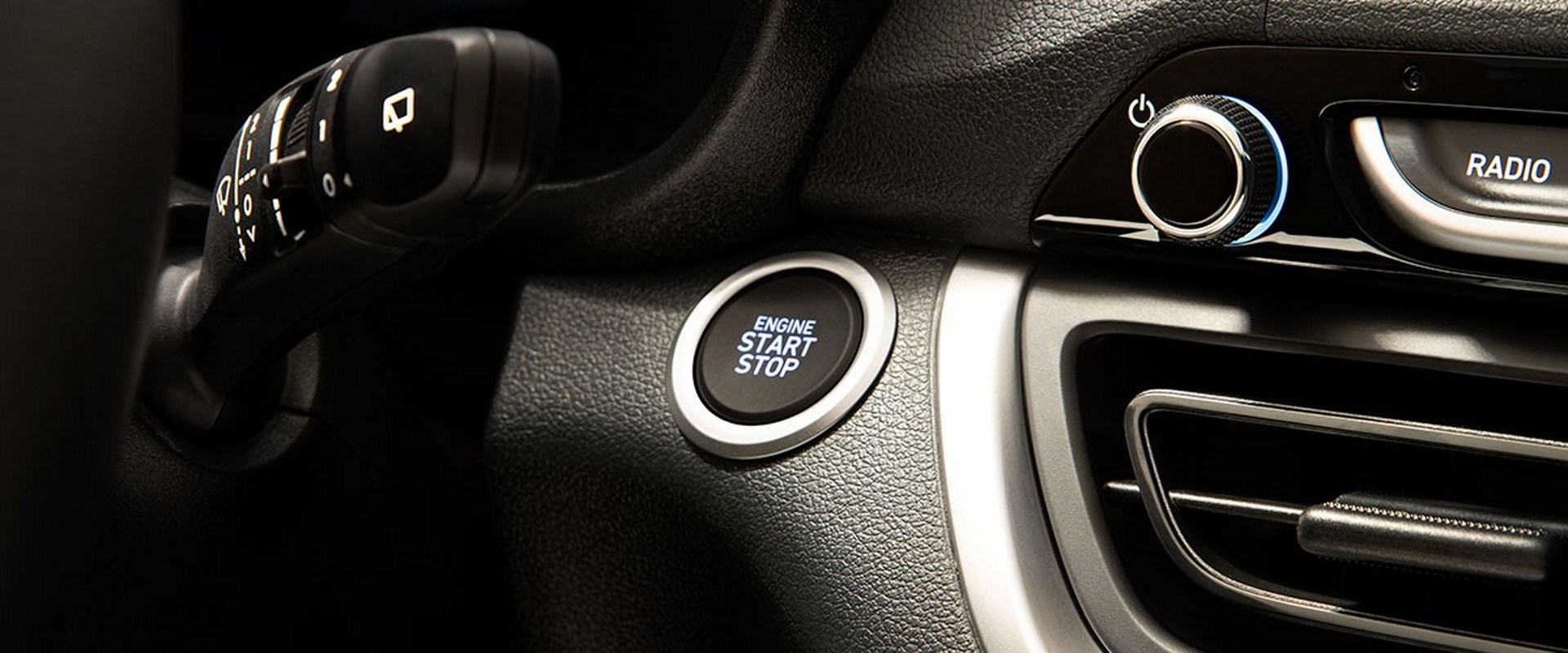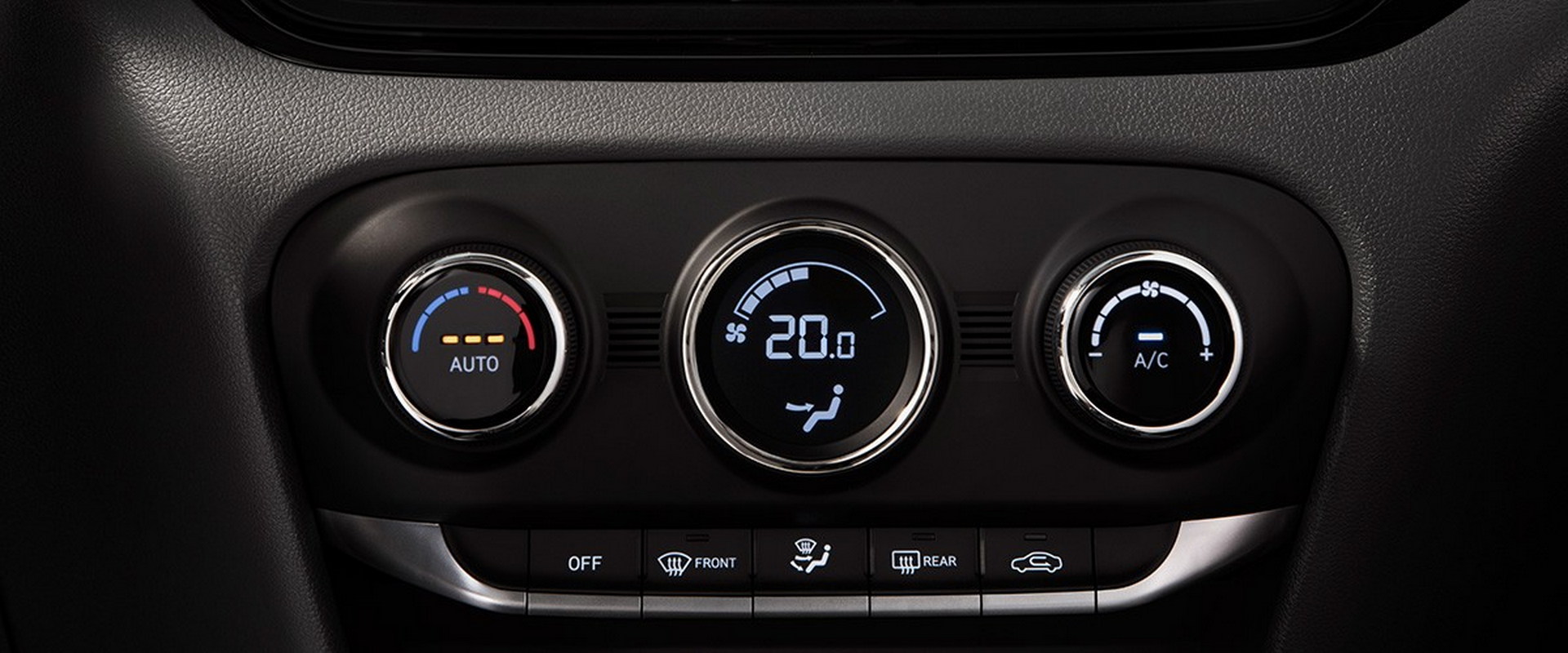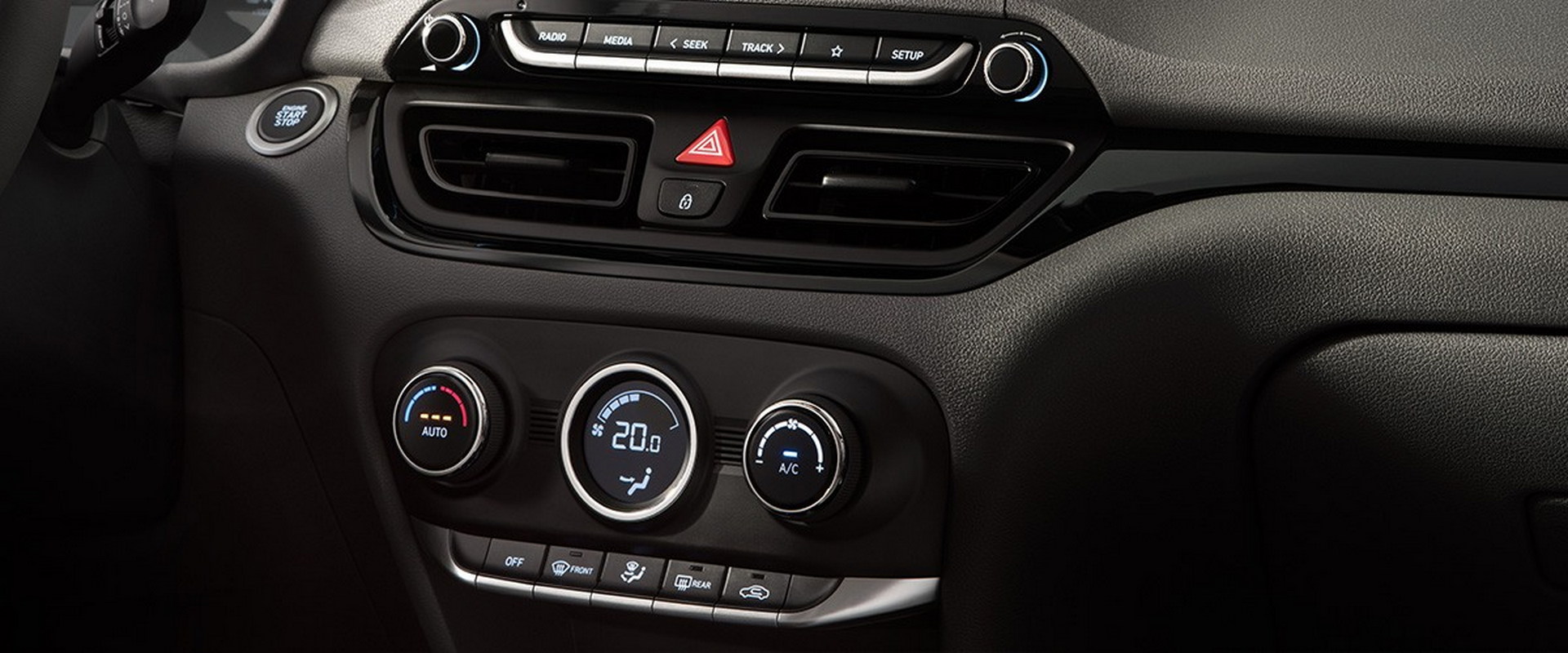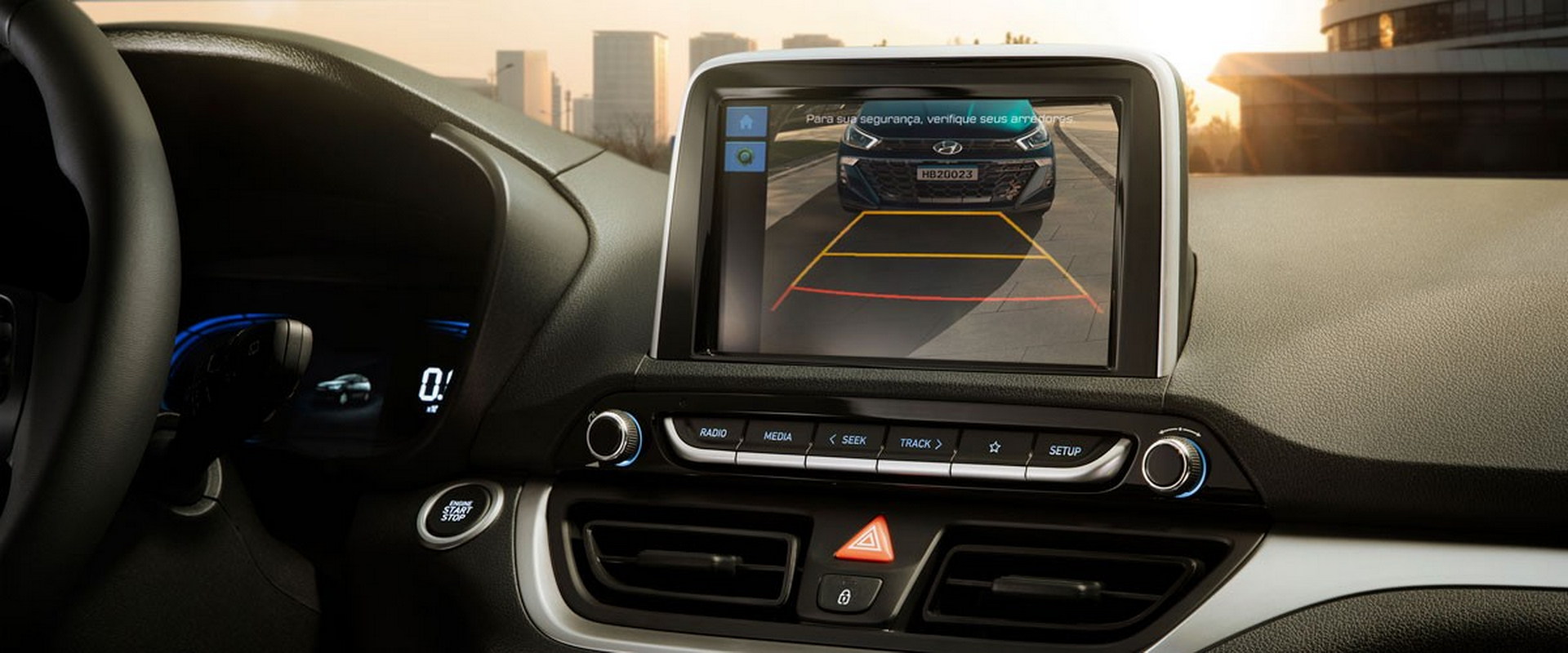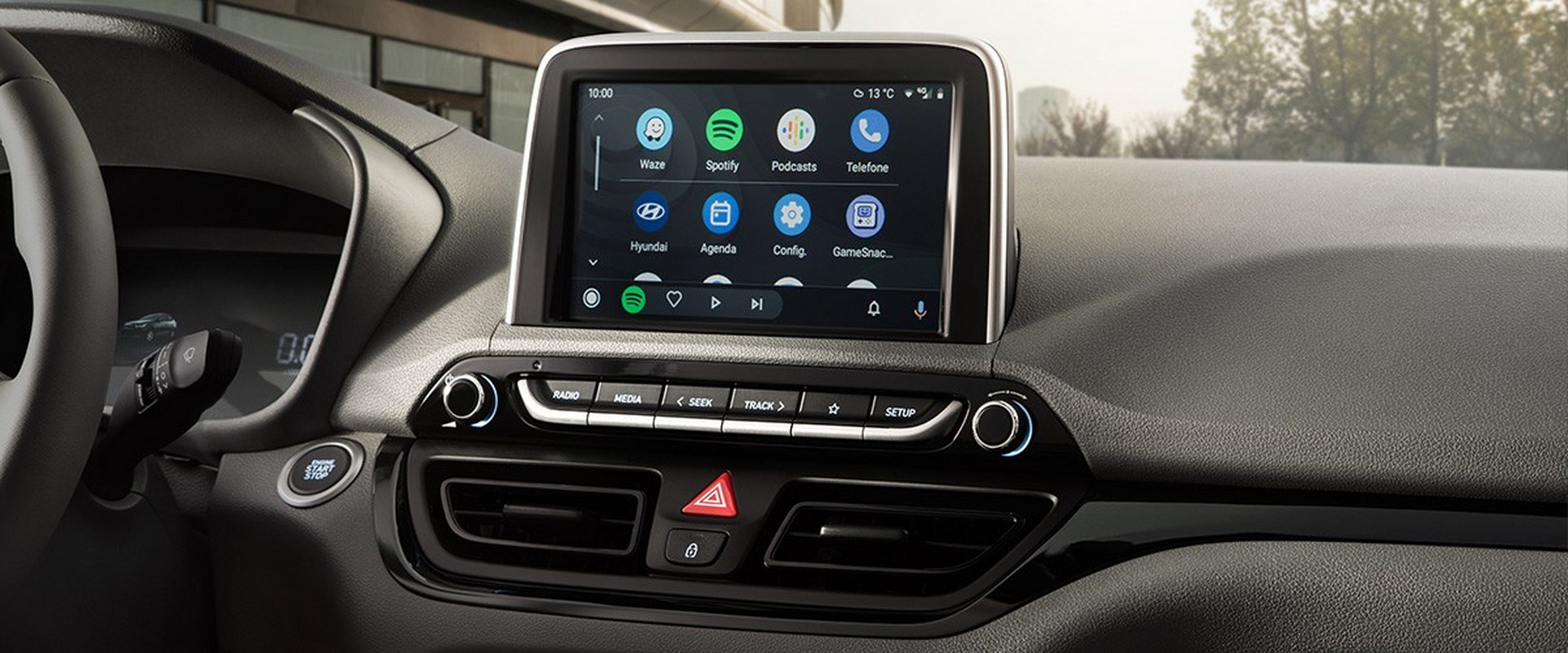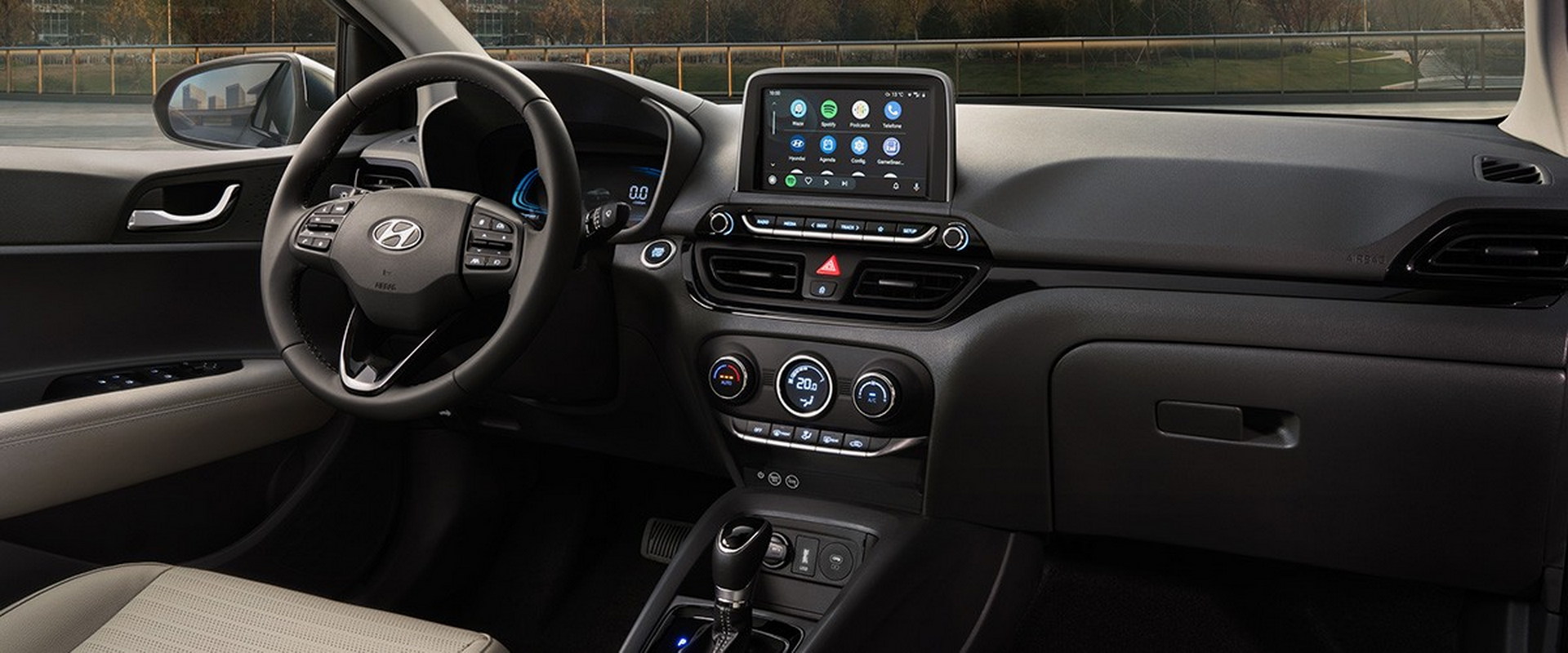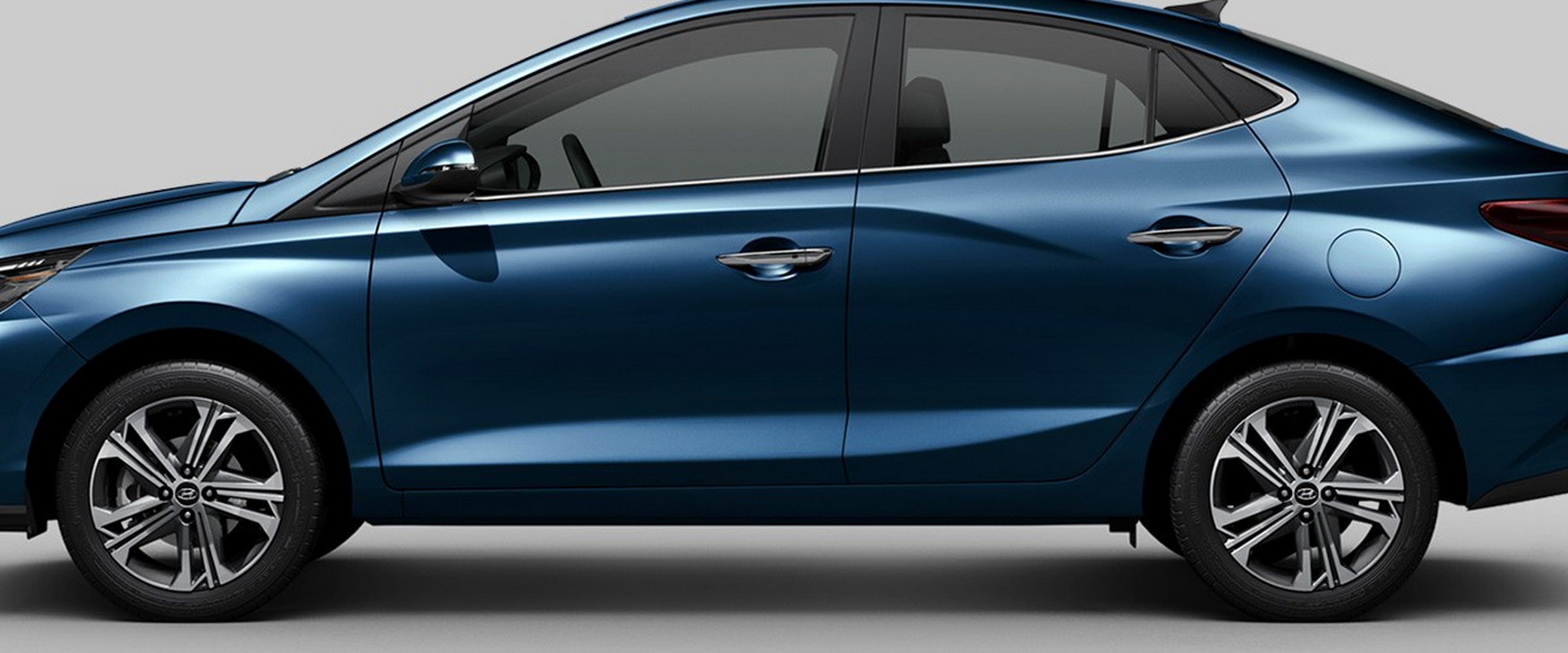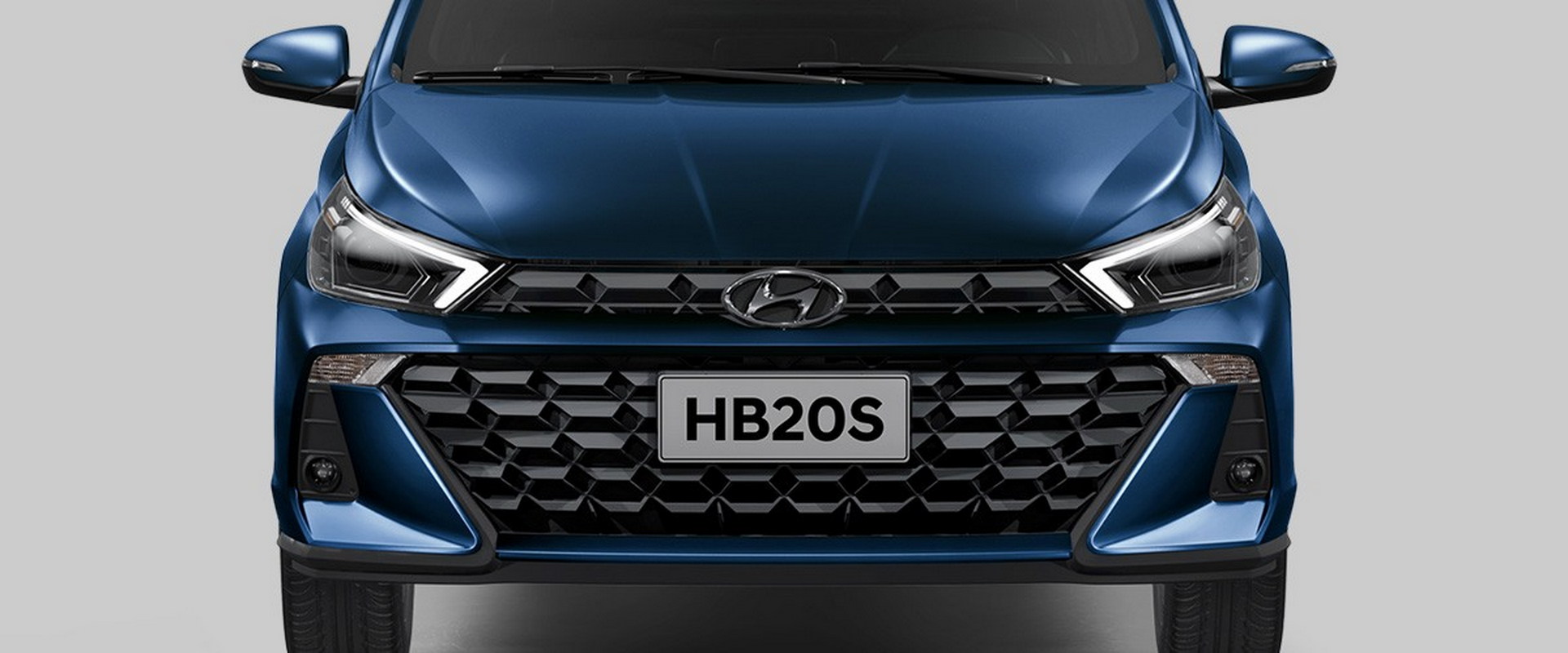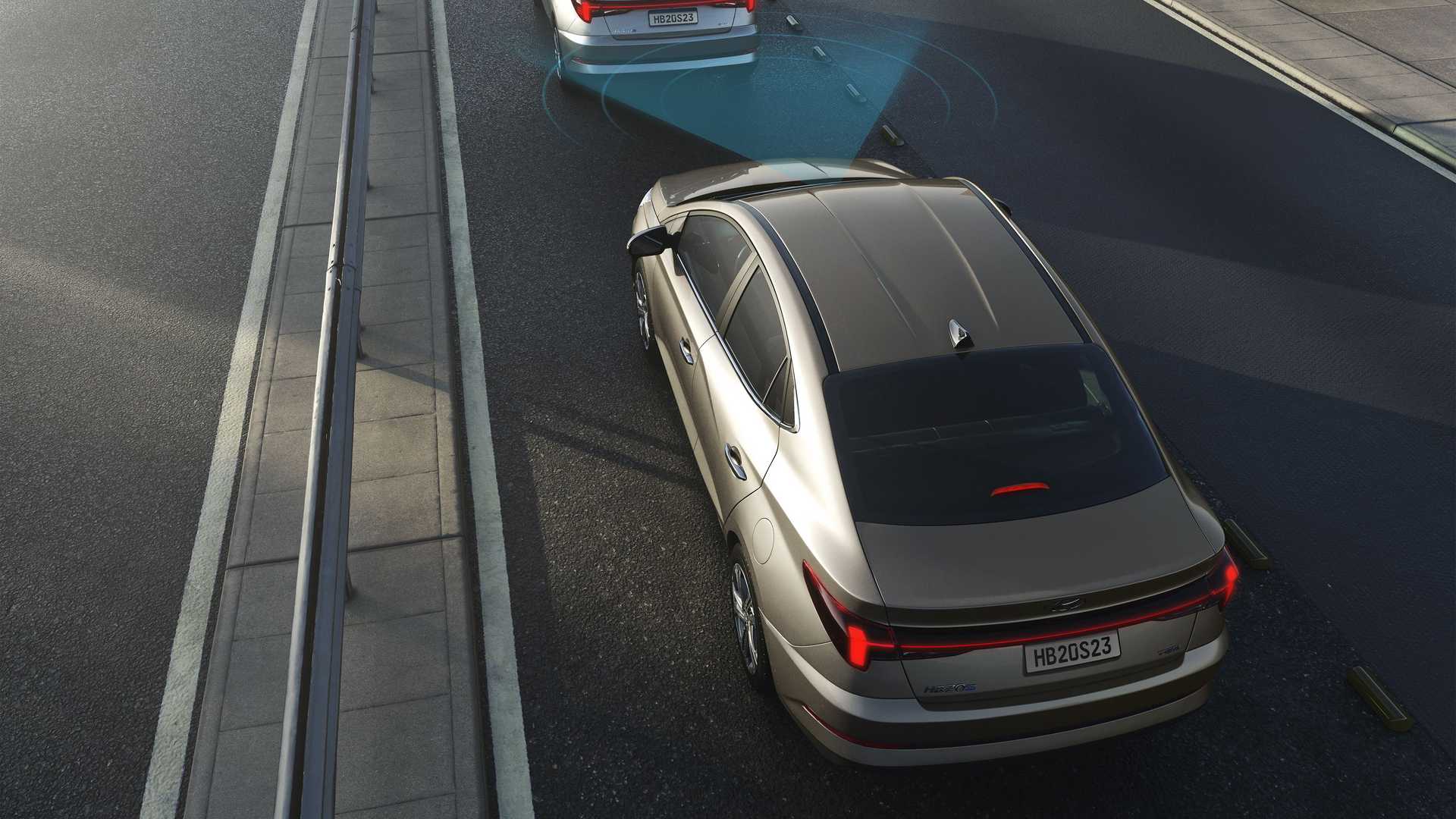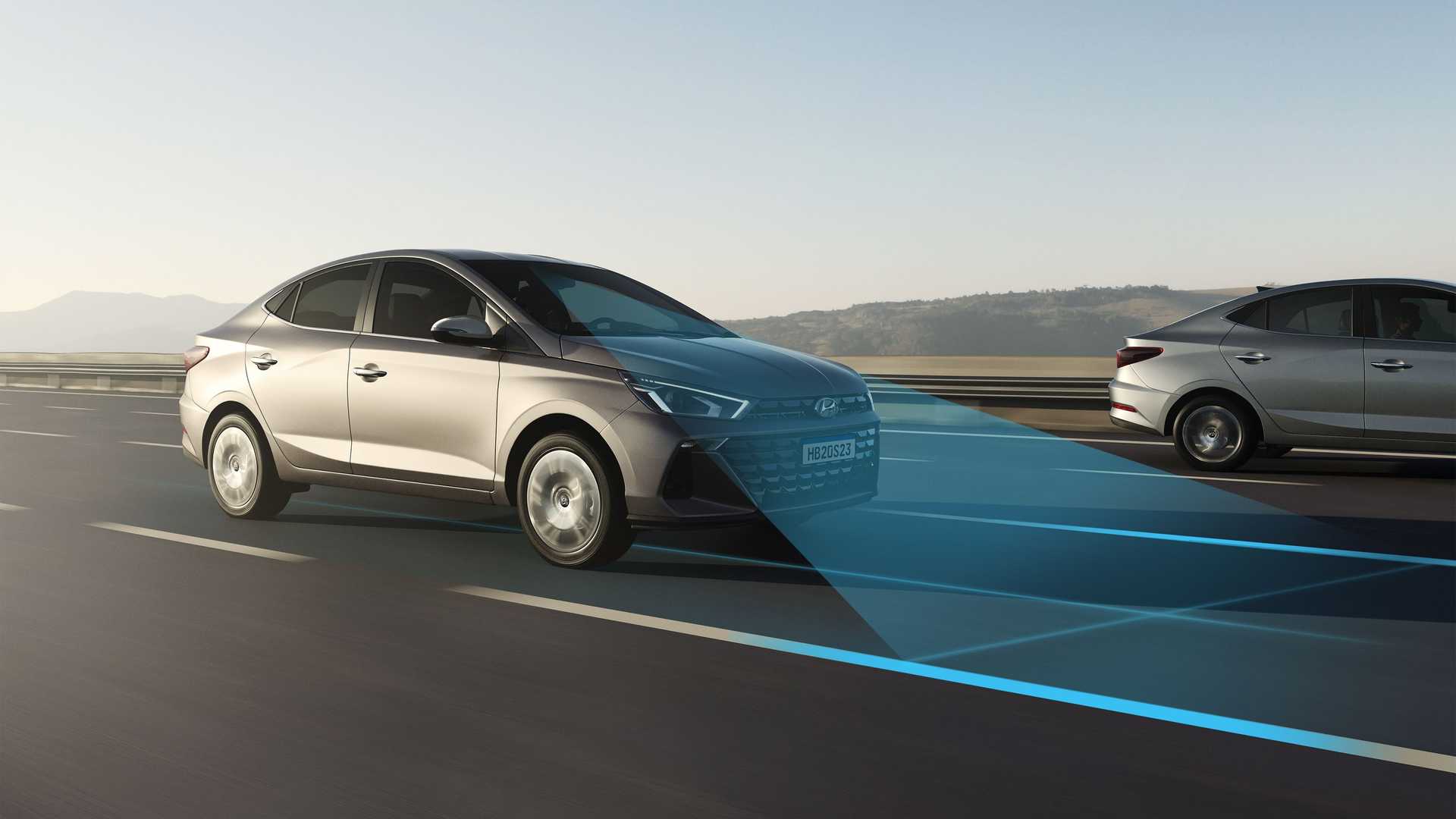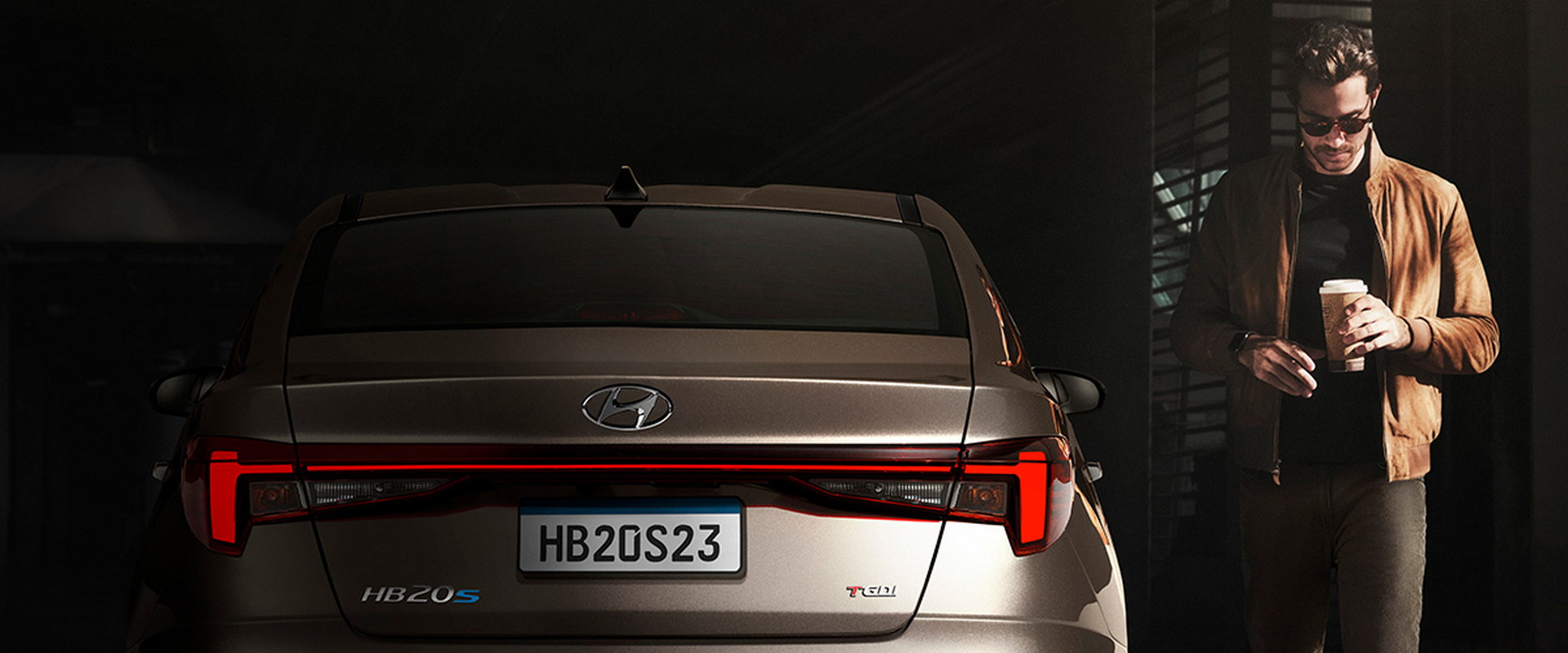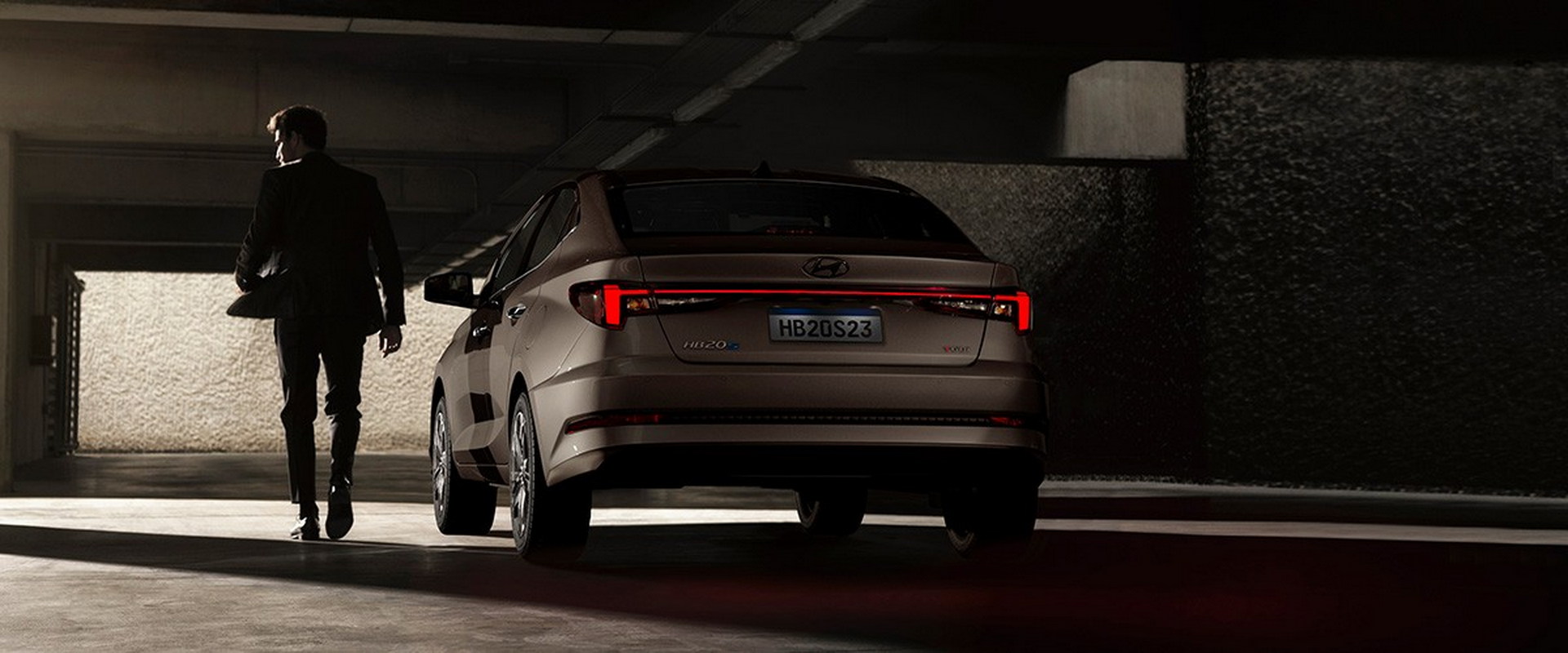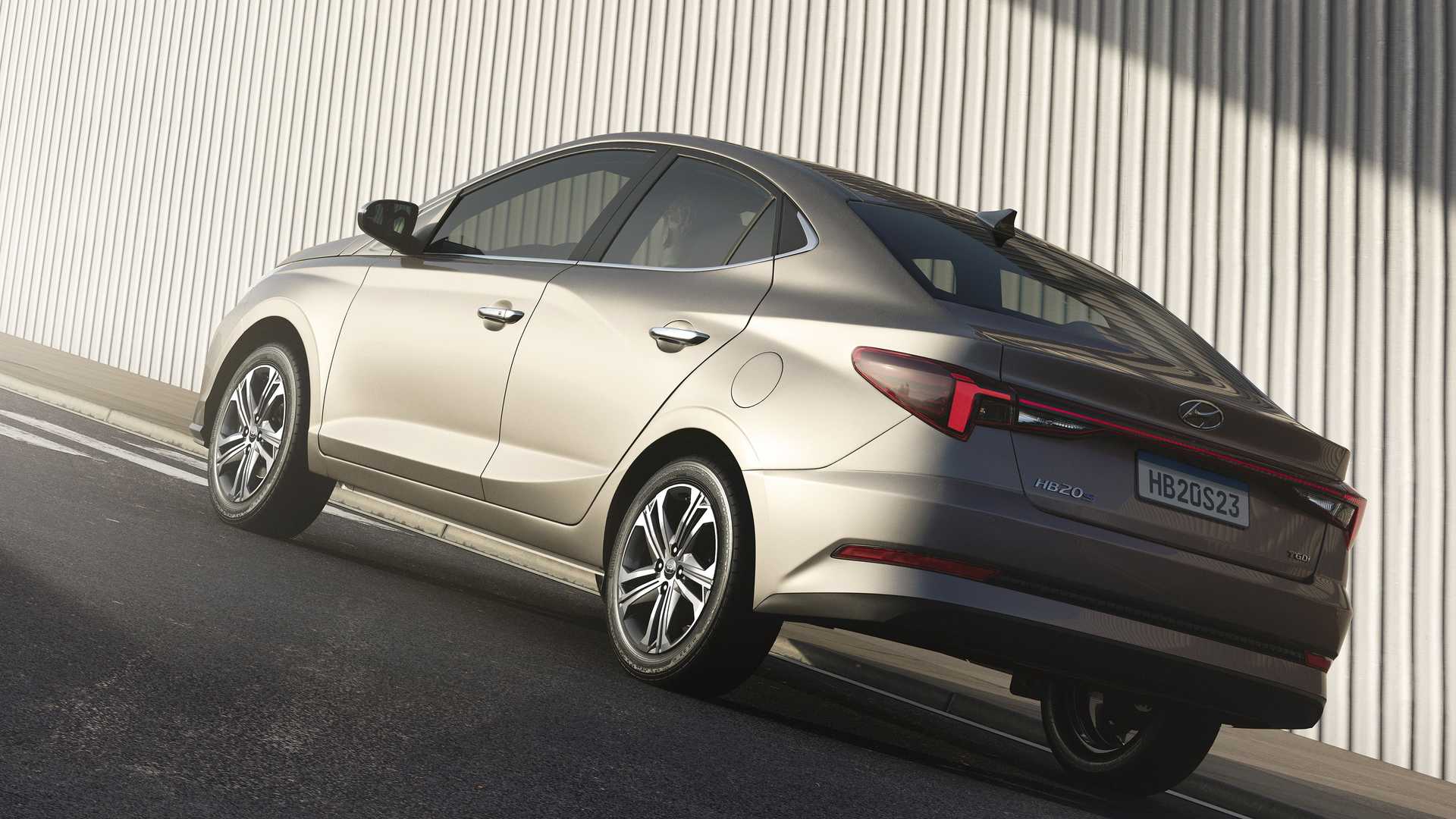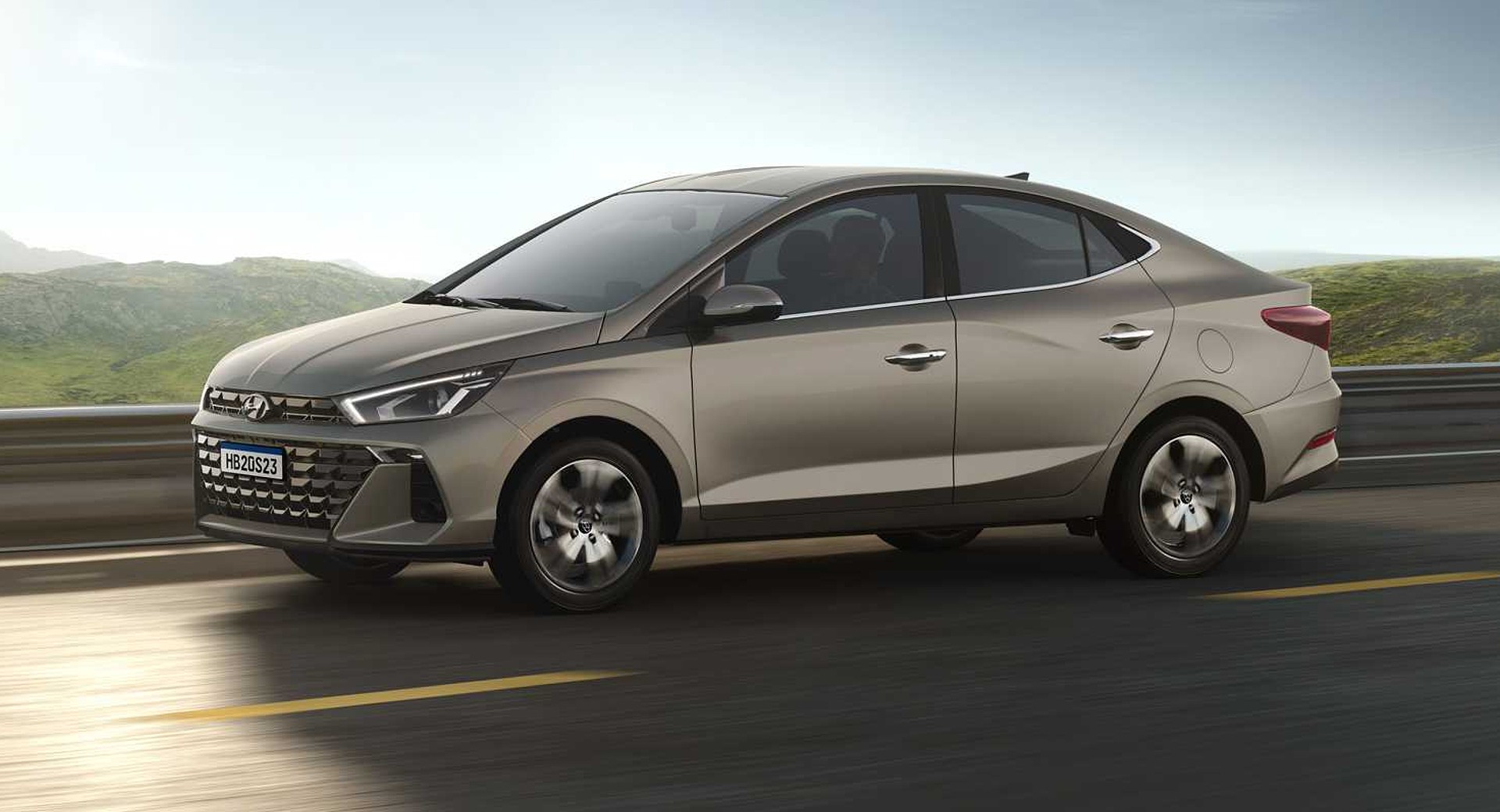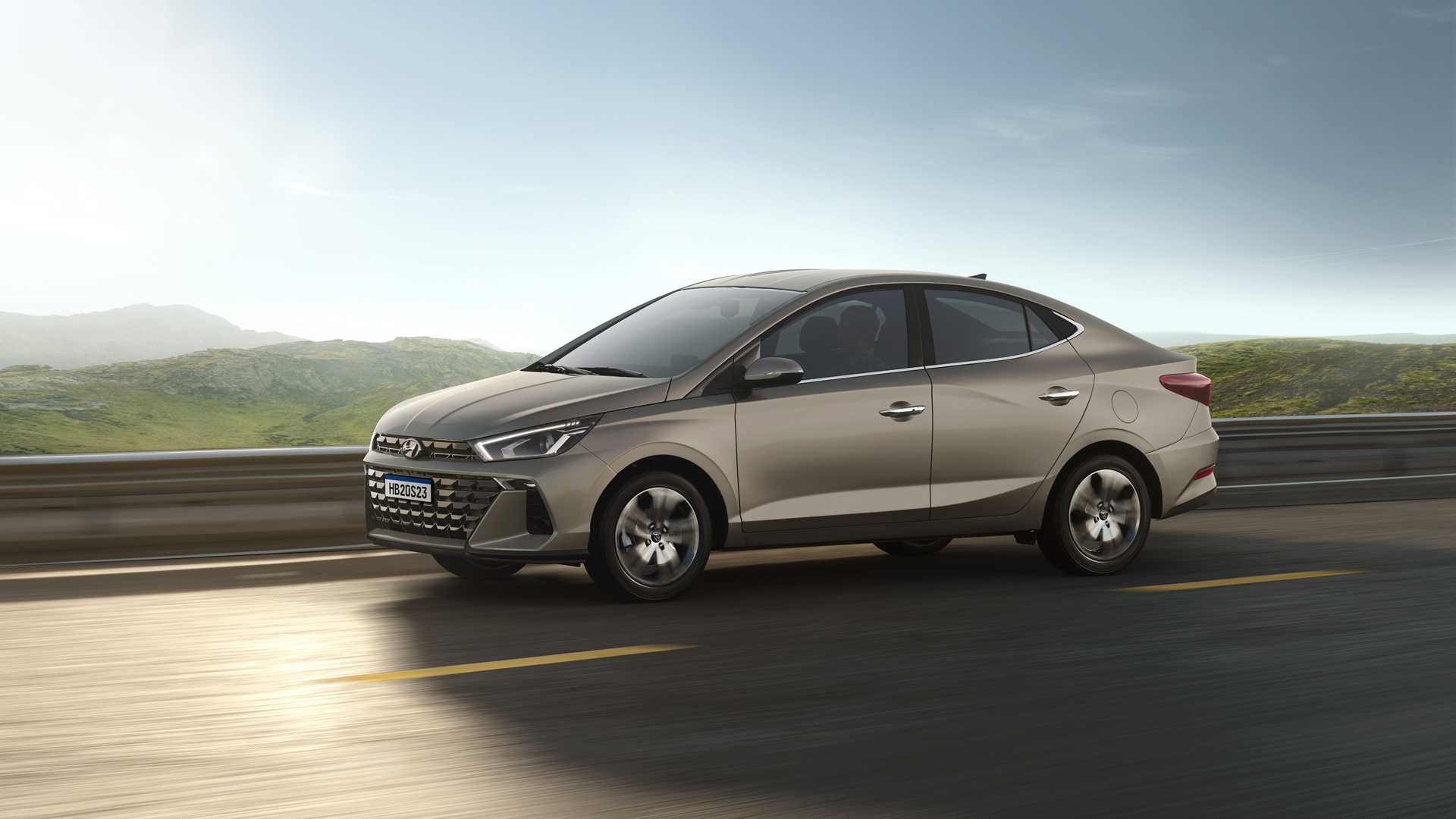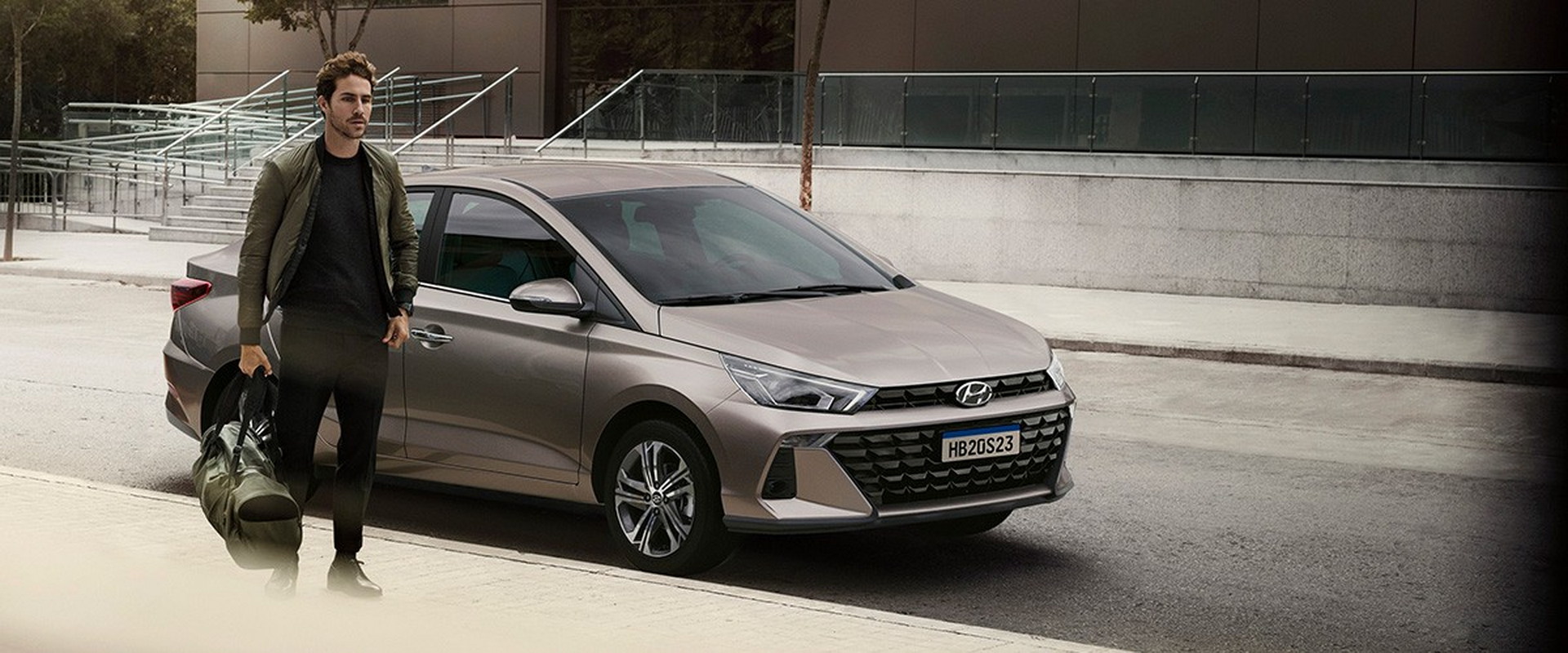Last month Hyundai unveiled the facelifted HB20 hatchback in Brazil, and now its time for the market launch of the HB20S sedan sibling. The budget-friendly model that was exclusively developed for the Brazilian market benefits from important styling upgrades and more equipment, making it more appealing to buyers.
Predictably, the front end of the HB20S sedan is identical to the facelifted HB20 hatchback. Thus, it looks more upmarket compared to its predecessor thanks to the angular bumper intakes and the aggressive headlights that look similar to the i20. Of course, things are different from the B-pillar backward, with the HB20s featuring a three-box bodystyle.
Also Read: Hyundai To Launch Two New Small EVs For Europe By 2024
The sculpted profile and the sleek roofline are carried over from the previous HB20s, but the lights, the tailgate, and the rear bumper have been redesigned. Similar to other Hyundai models, the HB20s now has full-width LED taillights with modern graphics, with the bumper gaining a wide faux air vent integrating the reflectors.
Inside, changes are limited to the new Supervision Cluster digital instrument panel for the higher trims, which is joined by an 8-inch infotainment touchscreen. The latter is compatible with Android Auto and Apple CarPlay, plus Bluelink (remote control) features. Depending on the variant, equipment can include automatic air condition, a reversing camera, two USB ports and a wireless charging pad on the center console, plus leather/fabric upholstery.
Hyundai also upgraded the safety kit in a quest to improve the very poor NCAP rating of its predecessor. Thus, the HB20S comes standard with six airbags, with the optional SmartSense ADAS suite bringing features like lane-keeping assist, rear cross-traffic alert, and blind-spot assist.
As is the case with the hatchback, the sedan is available with either a naturally aspirated 1.0-liter Kappa MPi petrol engine producing 79 hp (59 kW / 80 PS), or a more powerful turbocharged 1.0-liter TGDi producing 118 hp (88 kW / 120 PS). The former is exclusively available with a five-speed manual, while the latter is offering a choice between a six-speed manual and a six-speed automatic.
Besides the HB20 hatchback and the HB20S sedan, the range is also joined by the HB20X crossover which also benefits from the same updates. The facelift comes three years after the debut of the second-gen HB20 in 2019, with Hyundai hoping to retain its status as one of the most popular models in its segment.
Pricing for the HB20S starts from 85,890 Brazilian Real ($16,621), which makes it 6,600 Brazilian Real ($1,277) more expensive than the equivalent HB20. The most expensive trim with the turbocharged engine and the auto gearbox costs 120,990 Brazilian Real ($23,413). Rivals of the Hyundai HB20S in Brazil include the VW Virtus, the Chevrolet Onix Plus, and the Fiat Chronos.





